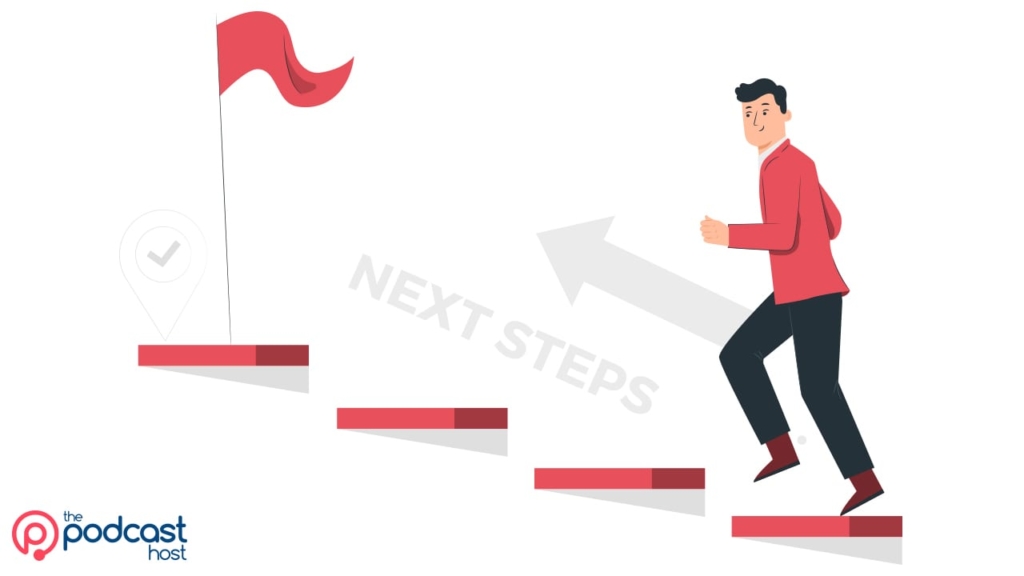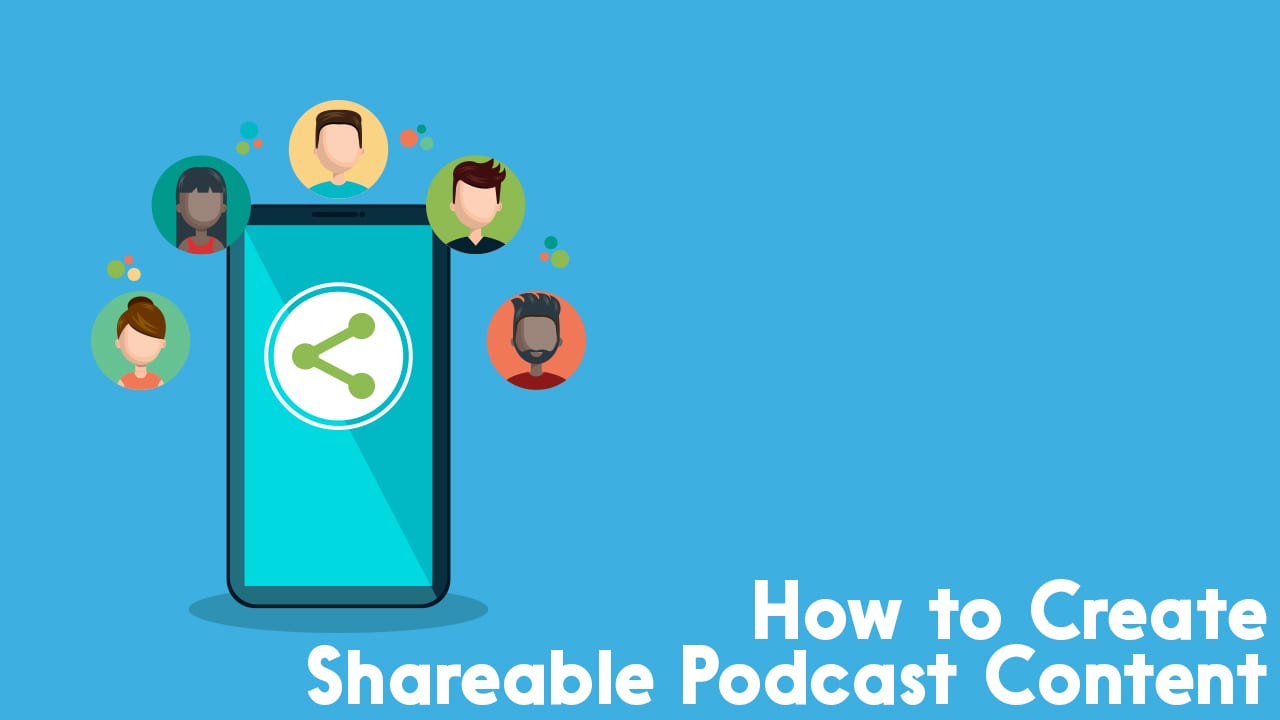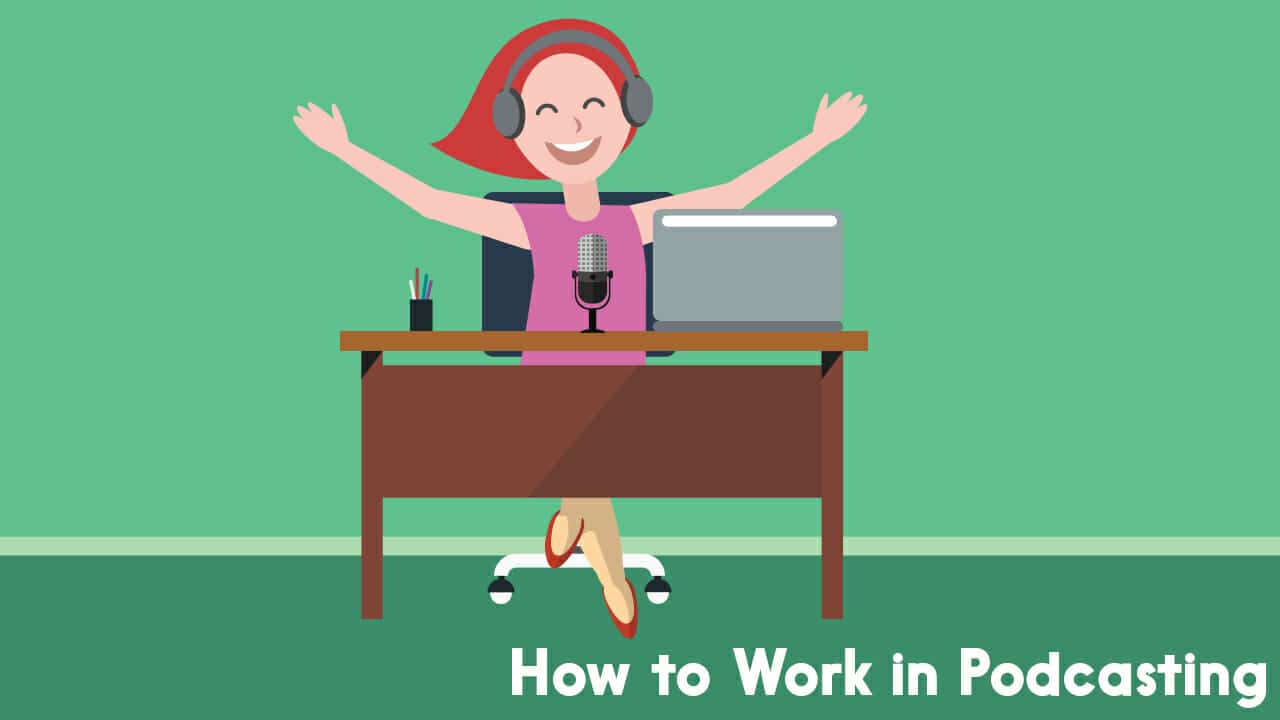At The Podcast Host, we’re always looking for great writers. We’re aiming to build the premiere podcasting resource on the internet here, and we can’t do that alone!
For one, there’s not enough time in the day to write all the podcasting articles we want to. And for another, I’m sure you know one particular aspect or one approach to podcasting better than anyone.
We pay decent rates for your writing too. We’re not a pro magazine, but we value your writing, and we’ll pay accordingly!
How to Apply
If you want to write for us, take a few minutes to fill out this short form. Just bullet points will do – extra credit for brevity!
- Links to your two best articles on the web.
- Your writing history – where and what you’ve written
- Your podcasting history – where and what you’ve podcasted about
- What your availability is – ie. how many articles can you commit to per week/month
- Three article title ideas you might start with (check below for the types of things we publish)
- Your pay expectations – what are you looking for, per word?
Again, take a few minutes to fill out this short form, and we’ll get back to you asap.
Whilst you’re at it, do you run a blog about podcasting? If so, we’d love to hear from you.
What We Write
Our aim is to help anyone launch, grow and monetise a podcast. So we write about anything that can help podcasters to learn more about creating a great show. That includes things like:
- Equipment, software and tool reviews
- Practical tutorials or ‘how to’
- The theory and approach to great podcasting
- Informational articles, such as average stats, or how Apple Podcast rankings work
We also occasionally publish opinion articles, although these have to be of a particular type and be a real benefit to the reader. Not just self-indulgence.
One thing we haven’t published much of in the past 10 years is podcasting news. We’re open to doing more of this type of post going forward, however. The key angle would always just need to be based around “what does this mean for the average podcaster?”.
House Writing Style
If you’re looking to write for us, this part of the guide is really important. It’s aimed at helping you to get the best from your writing, and to make it as useful as possible to our reader. It’s also designed to help you fit in with our house style, which helps to attract readers back again and again.
Finally, it gives you a structure for your post, so that you’re not lost in the dark. You might have something great to say, but you’re unsure how to say it. This will help you with that.
Anyway, enough blethering, let’s get started!
Tone
We don’t want you to change your personality, but there’s a certain style and tone that we use on ThePodcastHost.com. That tone of writing is what gives the site its high-level personality. It’s what can turn casual readers into fans of the site. No matter what your personality is like, you can tailor it to suit any particular tone.
For example, think about how you speak to your boss, and then compare that to speaking to your friends. Think now about how you speak in an interview, compared to talking to your Dad. The tone changes dramatically, depending on where you are, and that tone is important in maintaining the style of this website.

Personality
At The Podcast Host, we aim to write simply, informally and in a friendly style. That means you can put in a joke or two, include stories, and inject a bit of personality. Don’t try to be funny, that’s not what I mean, but humour tends to emerge when you write in your own voice, as if to a friend.
The informal style also means you should use contractions as much as possible. It just makes things much easier to read when you use “it’s” instead of “it is”, or “haven’t” instead of “have not”.
Actionable
Finally, we aim to make things practical and actionable. That means that every article should teach the reader something new, and give them something solid to use in their work afterwards. This is one of the most common mistakes people make: not making their writing actionable. This just leaves the reader thinking: well, great ideas, but, so what?!
With that in mind, a little bit of structure goes a long way.
How to Structure Your Article
For structure, I’m deferring to a friend of mine, Kev Anderson, from Square Tree marketing. Kev is my writing guru and has written many an article for The Podcast Host. This is the structure that he recommends for blog posts. It follows my philosophy to a tee, and articulates it far better than I!
The Title
Here’s Kev to start us off:
It’s worth spending the time and effort to come up with a strong title for many reasons. A great title can get your article read and help with your SEO efforts. For me, though, the title of the blog post acts as the anchor. It’s the glue that holds the whole cliche together.
Your Reader
Answering the question – “Who am I writing this for?” will help keep your writing focussed. Writing for one person is advice that’s often given, but seldom followed. I honestly think this is the key to writing content that has a genuine personality. Pick a customer, or someone you know well and have then in mind when you write. It can transform your writing.
(In fact this inaugural post is written for a chap called John that I met after a recent networking meeting.)
We have two main audiences at The Podcast Host:
- Those looking to launch a new show
- Those who are looking to improve an existing show
Make sure you’re thinking about one of these audiences when you write your article, and speak directly to the problems they’re experiencing.
The Message
What’s the one thing you want the reader to remember from your post? Is there an action you want the reader to take? If you can’t answer either of these questions – I think you’ve got a problem. Everything you write should have a purpose. The simpler the message, the better. Don’t try to do too much in one post – keep it focussed to one key message to make the biggest impact.
Opening Paragraph
Your title and opening paragraph are partners in crime. They are the promise you make to your reader and the words that will either draw them in or stop them in their tracks.
I try to show a bit of personality in my opening. Either an anecdote or short story. I want to pique their interest and hopefully make my writing memorable to start the relationship building process.
Main Points
For a blog post of 500 words, I’d recommend that you have 3-5 main points that you want to share. Writing these points out as simple sub-headings helps in a number of ways.
First of all, it breaks down the writing into bite-sized chunks. A blog post can be intimidating for first-time writers, but shorter 75-100-word paragraphs make the process more manageable.
But more importantly, writing shorter paragraphs also makes your writing more scannable. It aids the reading process and helps your readers.
Kev’s first point here tackles one of the biggest mistakes writers make when sending us articles. Break it down, use headers and sub-headers. If you don’t, we’ll send it back, guaranteed!
Closing Paragraph
Your closing paragraph can be a conclusion, a reminder of the message, a direct call-to-action or a mix of all three. Whatever you do, don’t fade out, finish strong.
If you can, complete the circle by referring directly to the story or anecdote that you’ve used in your first paragraph. This is classic storytelling advice, but it adds real polish and can help your content writing stand-out from the crowd.
For me, when writing the conclusion, I assume that the reader has read the intro, and then skipped right to the end. Many will have done just that! Pesky skim readers… The conclusion should give those lazy (or plain busy!) readers the most important outcomes of the article in just one or two short paragraphs.
In an equipment article, for example, this will include a one or two-sentence summary of who should or shouldn’t buy it. This is then followed by bullet point pros and cons.
In a soft skills article (how to promote your show on…) this should include what to do next. Quickly summarise the outcomes, and tell the reader what they should do with it.
Resources
At the end of your post I recommend you have a resource section. This can add value to your post by sharing your own related content or content from others. Share freely and often. Your job is to add value to the reader and steering them in the direction of more great content, does precisely that.
This is something you’re welcome to include, but depends on the context of the article. An equipment review, for example, might include a sound sample rather than resources.
Alternatively (or in addition!), the most common way we finish up an article on The Podcast Host is with a big, strong Call to Action. Kev’s already mentioned this briefly above, but here’s how we handle it.

Call to Action
Always, always, always put a call to action at the end of an article. This is important. So important that I’m writing the word important 3 times in this first sentence.
The most common call to action is to ask a question of the reader. This could be requested in the form of a blog comment or a response on social media.
Alternatively, you could link to some really closely related articles, and ask them to check them out. This is good. It leads them further into our content, giving them more value.
Or you might ask them to tweet out a public comment of some sort with a hashtag, or simply by copying us in.
You want them to do something at the end of every article. This helps to cement the learning in their mind and leaves them with the thought that it led to progress. It also helps them to remember where that information came from, making them more likely to become regular readers. Finally, it encourages them to interact with us, to get to know us. This is what we want – we want to KNOW our readers!
The Review
Here are a few simple writing tips just to help you in the review of your article.
Commas
One thing that crops up in a lot of writing is the curse of the long sentence. To make things easy to read you’re aiming to keep things as short and simple as possible. This doesn’t mean dumbing down. It means streamlining.
I once heard a tip that applies to editing your first draft. Keep a close eye out for commas. More often than not, a comma can be turned into a full stop. Sometimes, it might indicate you need to restructure that sentence a little.
Writing tools we recommend: Check out Grammarly and the Hemingway App
Worse, if you see 2 or 3 commas in a sentence then it’s probable that something needs refined! Either way, taking them out can make one complex sentence into two or more simple ones. The result is something that’s much easier to read.
Eg. The first draft of this section was as follows:
One thing that crops up in a lot of writing is the curse of the long sentence. To make things easy to read you’re aiming to keep things as short and simple as possible. This doesn’t mean dumbing down, it means streamlining.
A tip I once got was that when you do your first read-through, after the initial draft, look for commas. More often than not, a comma can be turned into a full stop, or it might indicate you need to restructure that sentence a little. If you see 3 commas in a sentence, then you can be pretty sure something needs refined! Either way, taking them out can make one complex sentence into two or more simple ones, which makes the whole thing easier to read.
All Good?
I hope that gives you a good idea of how you should think about writing for us. If you’re still keen to give it a go, take a few minutes to fill out this short form. We’d love to hear from you!


